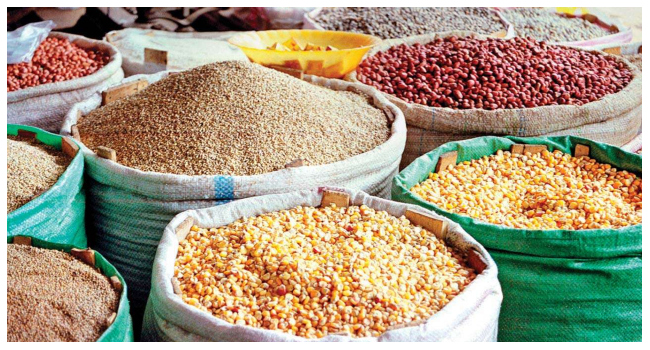
World food commodity prices fell by 2.1% in 2024 compared to the previous year, according to the United Nations Food and Agriculture Organization (FAO). However, they remain 26% higher than pre-Covid-19 levels, reflecting ongoing challenges in global trade and food supply.
The FAO Food Price Index, which tracks international price changes of globally traded food commodities, averaged 122.0 points in 2024 — a drop of 2.6 points from 2023. The decline was largely attributed to falling cereal and sugar prices, which dropped by 13.3% and 13.2%, respectively.
Despite the overall annual decline, food prices rose significantly during the year, climbing from 117.6 points in January to 127.0 in December. This represents a 6.7% increase year-on-year, driven by higher costs for meat, dairy, and vegetable oils, with the latter surging by 9.4%.
Cereal and Sugar Declines: These commodities saw price drops due to stabilized supply and improved market conditions. Rising Costs for Other Foods: Meat, dairy, and vegetable oils offset the declines, pushing prices higher toward the year-end.
Food prices dipped during the early stages of the Covid-19 pandemic but later soared as the global economy rebounded, driving inflation. The Russia-Ukraine war in 2022 also triggered record price spikes, as both nations are key wheat exporters. Efforts to ensure uninterrupted shipments helped ease prices temporarily before 2024’s rebound.








